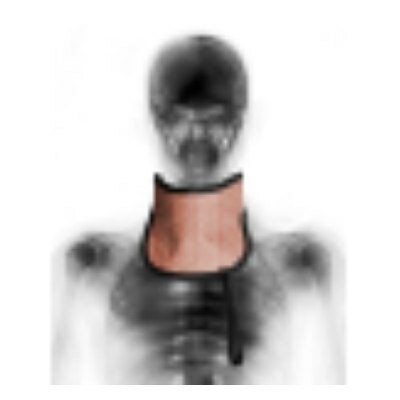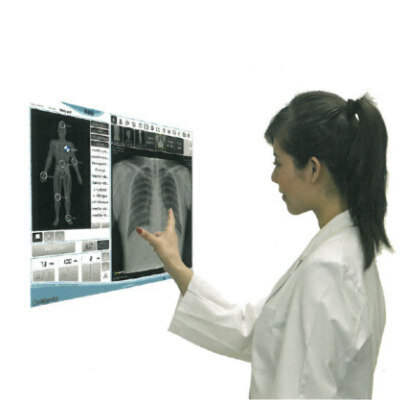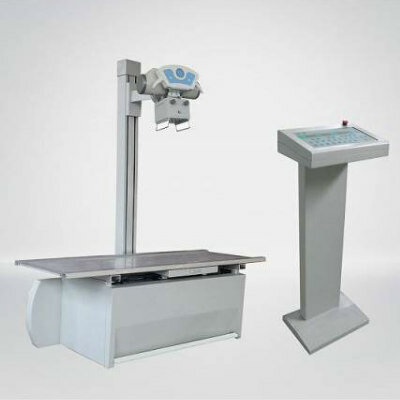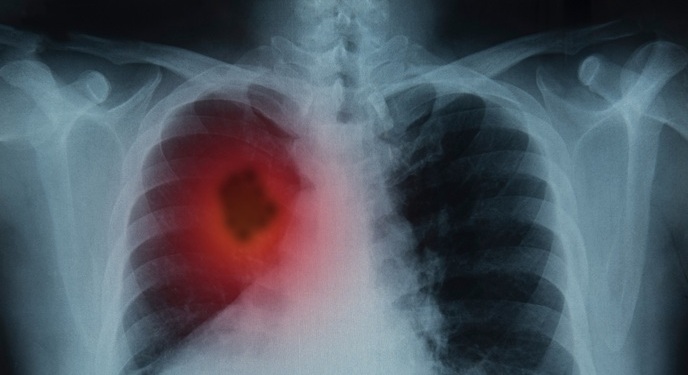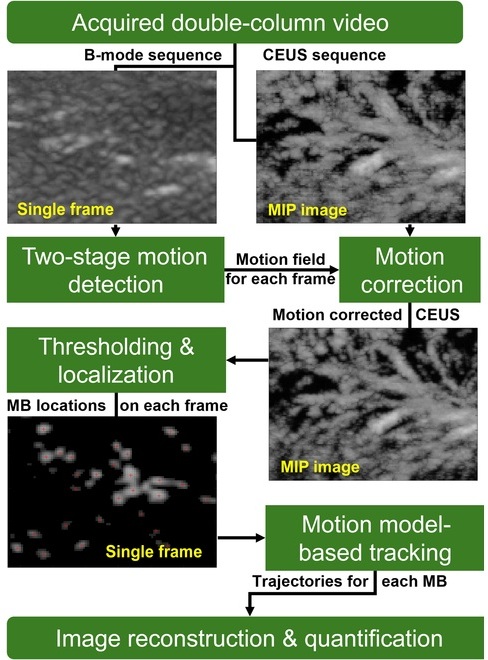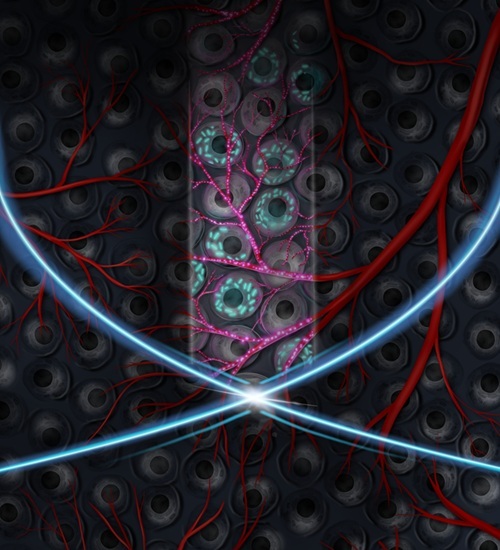New Version of PACS Designed to Meet Accreditation Standards
|
By MedImaging International staff writers Posted on 18 Aug 2009 |
The latest version of a picture archival and communications system (PACS) supports radiologists' efforts to meet accreditation standards.
Intelerad Medical Systems (Montreal, QC, Canada), a leading PACS solution vendor, announced the availability of its IntelePACS quality suite. The fully integrated quality modules were developed as a direct response to the requirements of Intelerad's clients to improve best-practice standards in patient care.
Implementing the latest quality improvement measures is one of the steps radiologists are taking to receive accreditation from bodies such as The Joint Commission, formerly (JCAHO), a well-known healthcare accreditation group in the United States. Such accreditation is becoming increasingly important with the numerous challenges in the current healthcare environment. Meeting specified quality standards demonstrates a commitment to quality patient care, helps improve risk management and reduction efforts, and provides a competitive edge in the marketplace.
The new IntelePACS modules address quality improvement requirements in three ways: (1) Critical results management, which facilitates timely communication of critical findings between radiologists and referring physicians. Critical results are delivered faster and all events are tracked, providing a communication audit trail. The critical results notification process is improved, which results in better patient care and increased efficiencies. (2) Peer review, which supports the requirement for the ongoing practice-based evaluation of radiologists' performance. Geared toward measuring diagnostic accuracy, peer review allows a radiologist to comment on a peer's interpretation and state their level of accordance. By embedding the peer review process in the diagnostic workflow, more reviews can be documented in a shorter amount of time. (3) Image quality review (IQR), which allows a radiologist to review and comment on the quality of images acquired by a technologist. Integrated with the IntelePACS workflow, IQR provides a streamlined method of providing feedback to technologists. The resulting improvement in image quality reduces the need to reimage the patient.
Because the modules are integrated with the IntelePACS, radiology practices also benefit from significant cost savings, as they no longer need to invest in expensive stand-alone applications to meet their quality requirements. "Intelerad is committed to developing quality management tools that support performance improvement in radiology. With each new IntelePACS feature, we bring our customers closer to reaching their patient safety and clinical productivity goals,” explained Randall Oka, Intelerad president.
Intelerad develops and distributes IntelePACS, an industry-leading PACS. Intelerad's newest system, InteleOne, brings considerable efficiency gains to radiology groups reading for multiple clinics and hospitals.
Related Links:
Intelerad Medical Systems
Intelerad Medical Systems (Montreal, QC, Canada), a leading PACS solution vendor, announced the availability of its IntelePACS quality suite. The fully integrated quality modules were developed as a direct response to the requirements of Intelerad's clients to improve best-practice standards in patient care.
Implementing the latest quality improvement measures is one of the steps radiologists are taking to receive accreditation from bodies such as The Joint Commission, formerly (JCAHO), a well-known healthcare accreditation group in the United States. Such accreditation is becoming increasingly important with the numerous challenges in the current healthcare environment. Meeting specified quality standards demonstrates a commitment to quality patient care, helps improve risk management and reduction efforts, and provides a competitive edge in the marketplace.
The new IntelePACS modules address quality improvement requirements in three ways: (1) Critical results management, which facilitates timely communication of critical findings between radiologists and referring physicians. Critical results are delivered faster and all events are tracked, providing a communication audit trail. The critical results notification process is improved, which results in better patient care and increased efficiencies. (2) Peer review, which supports the requirement for the ongoing practice-based evaluation of radiologists' performance. Geared toward measuring diagnostic accuracy, peer review allows a radiologist to comment on a peer's interpretation and state their level of accordance. By embedding the peer review process in the diagnostic workflow, more reviews can be documented in a shorter amount of time. (3) Image quality review (IQR), which allows a radiologist to review and comment on the quality of images acquired by a technologist. Integrated with the IntelePACS workflow, IQR provides a streamlined method of providing feedback to technologists. The resulting improvement in image quality reduces the need to reimage the patient.
Because the modules are integrated with the IntelePACS, radiology practices also benefit from significant cost savings, as they no longer need to invest in expensive stand-alone applications to meet their quality requirements. "Intelerad is committed to developing quality management tools that support performance improvement in radiology. With each new IntelePACS feature, we bring our customers closer to reaching their patient safety and clinical productivity goals,” explained Randall Oka, Intelerad president.
Intelerad develops and distributes IntelePACS, an industry-leading PACS. Intelerad's newest system, InteleOne, brings considerable efficiency gains to radiology groups reading for multiple clinics and hospitals.
Related Links:
Intelerad Medical Systems
Latest Imaging IT News
- New Google Cloud Medical Imaging Suite Makes Imaging Healthcare Data More Accessible
- Global AI in Medical Diagnostics Market to Be Driven by Demand for Image Recognition in Radiology
- AI-Based Mammography Triage Software Helps Dramatically Improve Interpretation Process
- Artificial Intelligence (AI) Program Accurately Predicts Lung Cancer Risk from CT Images
- Image Management Platform Streamlines Treatment Plans
- AI-Based Technology for Ultrasound Image Analysis Receives FDA Approval
- AI Technology for Detecting Breast Cancer Receives CE Mark Approval
- Digital Pathology Software Improves Workflow Efficiency
- Patient-Centric Portal Facilitates Direct Imaging Access
- New Workstation Supports Customer-Driven Imaging Workflow
Channels
Radiography
view channel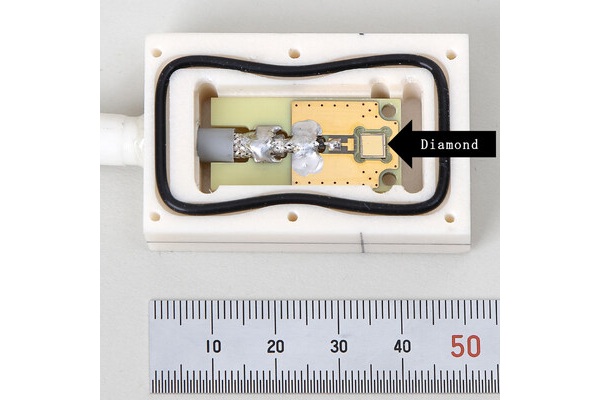
World's Largest Class Single Crystal Diamond Radiation Detector Opens New Possibilities for Diagnostic Imaging
Diamonds possess ideal physical properties for radiation detection, such as exceptional thermal and chemical stability along with a quick response time. Made of carbon with an atomic number of six, diamonds... Read more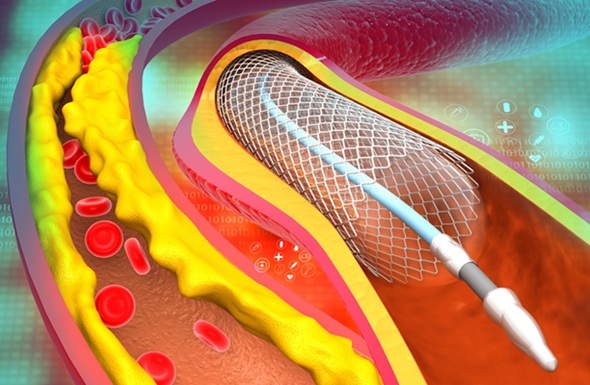
AI-Powered Imaging Technique Shows Promise in Evaluating Patients for PCI
Percutaneous coronary intervention (PCI), also known as coronary angioplasty, is a minimally invasive procedure where small metal tubes called stents are inserted into partially blocked coronary arteries... Read moreMRI
view channel
AI Tool Tracks Effectiveness of Multiple Sclerosis Treatments Using Brain MRI Scans
Multiple sclerosis (MS) is a condition in which the immune system attacks the brain and spinal cord, leading to impairments in movement, sensation, and cognition. Magnetic Resonance Imaging (MRI) markers... Read more
Ultra-Powerful MRI Scans Enable Life-Changing Surgery in Treatment-Resistant Epileptic Patients
Approximately 360,000 individuals in the UK suffer from focal epilepsy, a condition in which seizures spread from one part of the brain. Around a third of these patients experience persistent seizures... Read more
AI-Powered MRI Technology Improves Parkinson’s Diagnoses
Current research shows that the accuracy of diagnosing Parkinson’s disease typically ranges from 55% to 78% within the first five years of assessment. This is partly due to the similarities shared by Parkinson’s... Read more
Biparametric MRI Combined with AI Enhances Detection of Clinically Significant Prostate Cancer
Artificial intelligence (AI) technologies are transforming the way medical images are analyzed, offering unprecedented capabilities in quantitatively extracting features that go beyond traditional visual... Read moreUltrasound
view channel.jpeg)
AI-Powered Lung Ultrasound Outperforms Human Experts in Tuberculosis Diagnosis
Despite global declines in tuberculosis (TB) rates in previous years, the incidence of TB rose by 4.6% from 2020 to 2023. Early screening and rapid diagnosis are essential elements of the World Health... Read more
AI Identifies Heart Valve Disease from Common Imaging Test
Tricuspid regurgitation is a condition where the heart's tricuspid valve does not close completely during contraction, leading to backward blood flow, which can result in heart failure. A new artificial... Read moreNuclear Medicine
view channel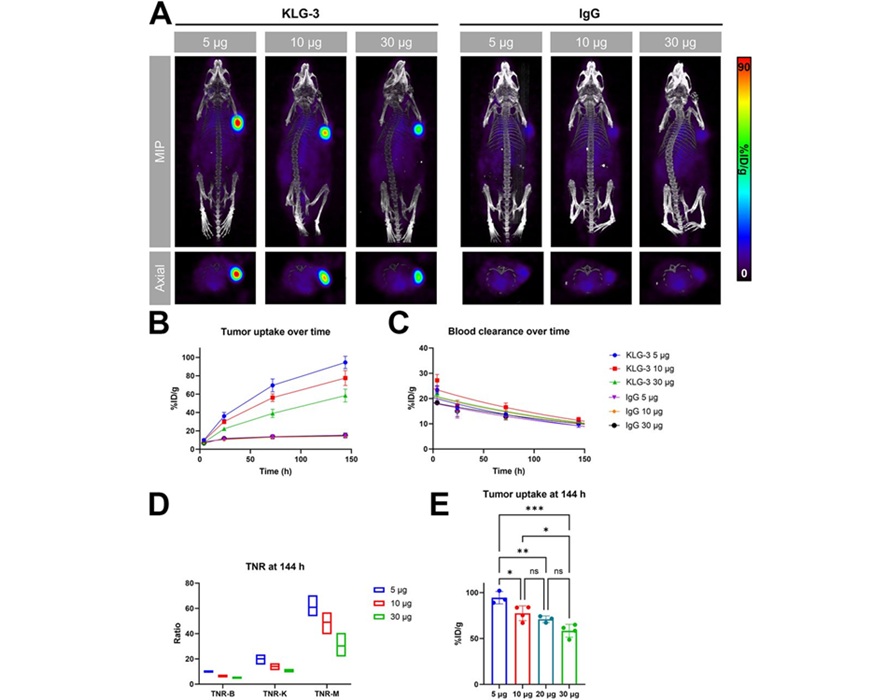
Novel Radiolabeled Antibody Improves Diagnosis and Treatment of Solid Tumors
Interleukin-13 receptor α-2 (IL13Rα2) is a cell surface receptor commonly found in solid tumors such as glioblastoma, melanoma, and breast cancer. It is minimally expressed in normal tissues, making it... Read more
Novel PET Imaging Approach Offers Never-Before-Seen View of Neuroinflammation
COX-2, an enzyme that plays a key role in brain inflammation, can be significantly upregulated by inflammatory stimuli and neuroexcitation. Researchers suggest that COX-2 density in the brain could serve... Read moreGeneral/Advanced Imaging
view channel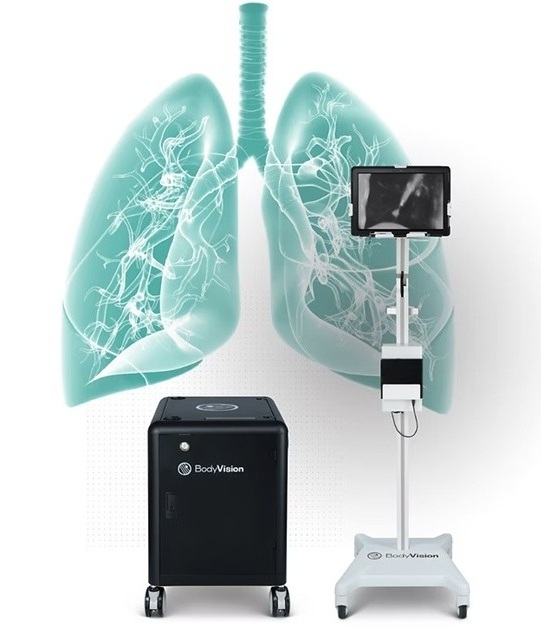
AI-Powered Imaging System Improves Lung Cancer Diagnosis
Given the need to detect lung cancer at earlier stages, there is an increasing need for a definitive diagnostic pathway for patients with suspicious pulmonary nodules. However, obtaining tissue samples... Read more
AI Model Significantly Enhances Low-Dose CT Capabilities
Lung cancer remains one of the most challenging diseases, making early diagnosis vital for effective treatment. Fortunately, advancements in artificial intelligence (AI) are revolutionizing lung cancer... Read moreIndustry News
view channel
GE HealthCare and NVIDIA Collaboration to Reimagine Diagnostic Imaging
GE HealthCare (Chicago, IL, USA) has entered into a collaboration with NVIDIA (Santa Clara, CA, USA), expanding the existing relationship between the two companies to focus on pioneering innovation in... Read more
Patient-Specific 3D-Printed Phantoms Transform CT Imaging
New research has highlighted how anatomically precise, patient-specific 3D-printed phantoms are proving to be scalable, cost-effective, and efficient tools in the development of new CT scan algorithms... Read more
Siemens and Sectra Collaborate on Enhancing Radiology Workflows
Siemens Healthineers (Forchheim, Germany) and Sectra (Linköping, Sweden) have entered into a collaboration aimed at enhancing radiologists' diagnostic capabilities and, in turn, improving patient care... Read more






